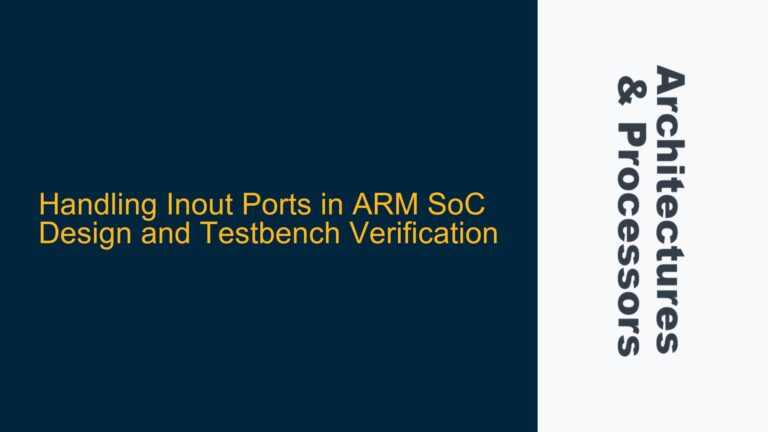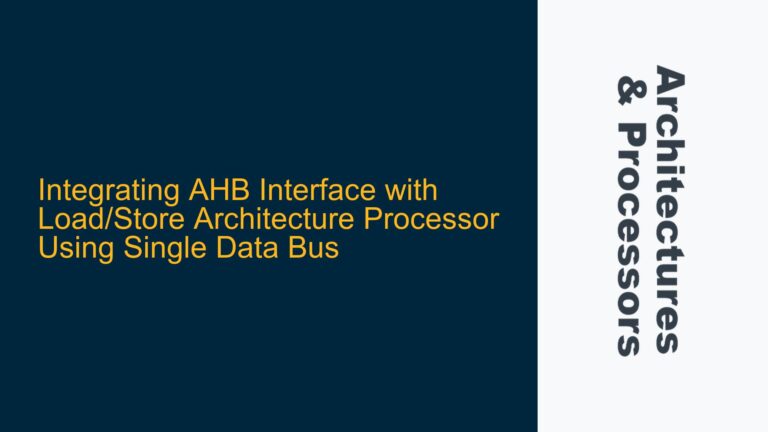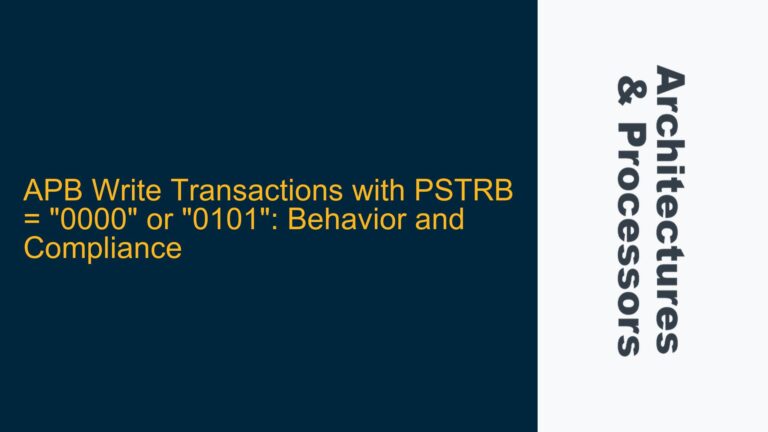Burst Transfers in AHB: Purpose, Optimization, and Implementation Challenges
Understanding the Role of Burst Transfers in AHB Protocol The Advanced High-performance Bus (AHB) protocol, part of the ARM AMBA (Advanced Microcontroller Bus Architecture) family, is widely used in System-on-Chip (SoC) designs for high-performance data transfers between masters and slaves. One of the key features of AHB is its support for burst transfers, which allows…









